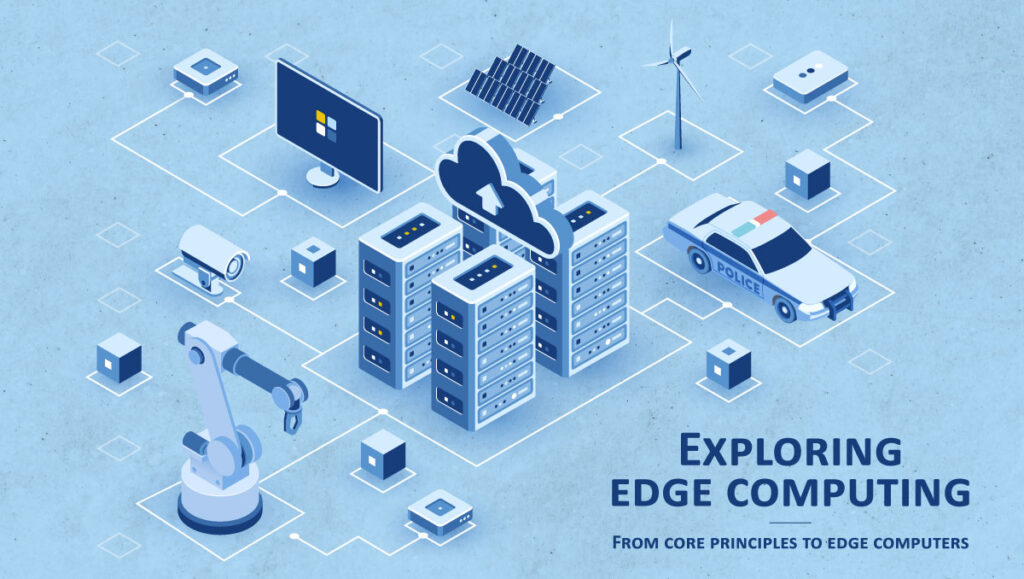Introduction:
In our digital society driven by ever-increasing Internet users, technology is changing the way information is calculated and stored: edge computing. This innovation is slowly rising to the top of technology discussions and is rapidly changing our traditional understanding of cloud computing and data processing.
what is Edge Computing?
Edge computing refers to the distribution of computing processes at the “Edge” of the network, closer to or near the devices or sensors that produce or consume data, as opposed to centrally, such as in the clouds. Fundamentally, it’s about bringing technology closer to the source of information, reducing transmission delays and providing fast, instantaneous responses.
Understanding the Meaning of Edge Computing
Now that we understand the basic concepts of edge computing, let’s take a deeper look at the value it brings to our digital world.
- Enhanced Speed and Reduced Latency: Edge computing eliminates the need to send data to remote locations by distributing computing and data storage across locations, thus reducing latency. This makes it attractive for industries that rely on immediate intervention, such as driverless cars, healthcare, and online gaming, by providing rapid insights.
- Bandwidth Efficiency: Considering that most data is not transmitted over the network, edge computing reduces the dependence on bandwidth. This ultimately allows for efficient bandwidth usage and not overloading the network.
- Heightened Security: Edge-based computing can also improve security. Sensitive data processed at the edge will not need to leave the device, reducing the possibility of a security breach or data compromise during transmission.
- Operating Reliability: Edge computing provides robustness and reliability so that even if a device or network equipment fails, the edge can continue to operate on its own, reducing the risk of service interruption.
The Intersection of Edge and Cloud Computing
Edge computing will not replace cloud computing, but will complement it. These two departments work together to create a more powerful, efficient and flexible system. Edge computing can operate instantly, processing data in real time; Cloud computing, on the other hand, supports large data sets, heavy computing needs, and more non-real-time analysis processes.
In the world of the Internet of Things (IoT), these two can work in harmony; Edge computing processes the large amounts of data generated by the IoT, reduces and sends parts to the cloud that affect more intensive or long-term work. storing
The Road Ahead
As the IoT space continues to evolve, data generation and business will increase exponentially, and the edge of computing will have to move from the “Edge” to the forefront of technological advancement . Businesses need to understand this shift and prepare for future changes by focusing not only on data transfer and processing, but also on smart devices and overlay standards that digitize their journey.
Conclusion:
Edge computing combined with cloud computing and the Internet of Things are undeniably shaping the future of computing and Internet technology. Its rise represents an exciting time of innovation and opportunity, revealing great potential to lead the digital world into a meaningful and reliable future.

